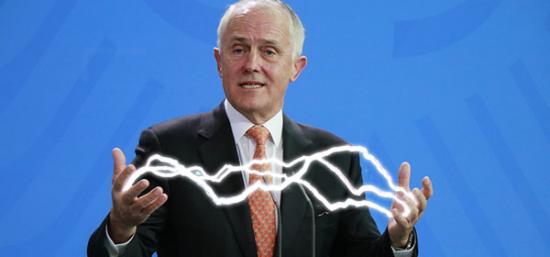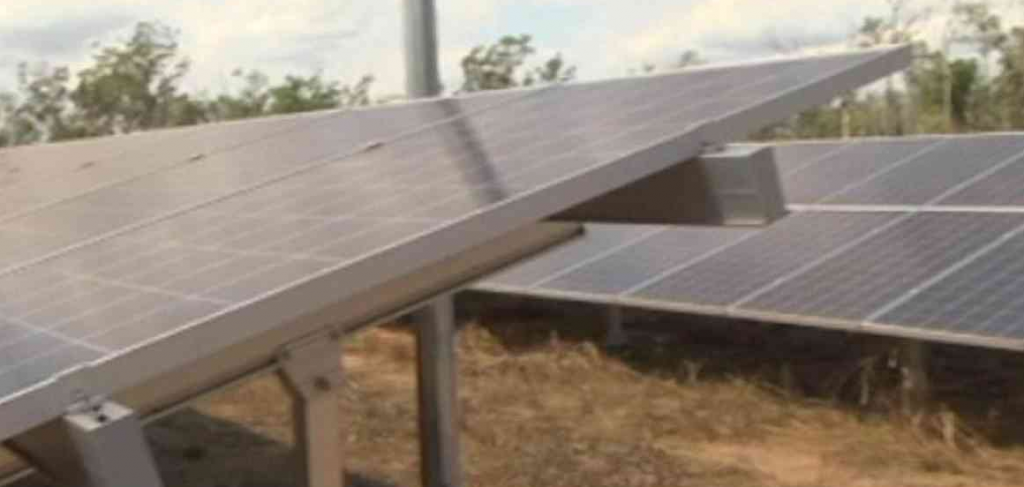National Energy Guarantee Approval – the NEG has been approved by the states and territories of Australia ‘in principle’ – allowing it to move to the next step. There’s still plenty of discussion to go before we see anything signed off, but it’s a step in the right direction for those who believe in the NEG and its ostensible goal of cheaper, more reliable power with less carbon emissions.
National Energy Guarantee Approval

As with most political decisions in this country, there is a lot of posturing and point scoring going on – depending on who you ask, it’s either a ‘great step forward’ or the governments ‘withholding support’. Regardless of the case, the Federal Government has now released a draft of the energy bill which will be taken to next week’s party room meeting for approval. If you want to learn more about what happened with the NEG during the week, please click here.
The states want to see detailed legislation and some of them have ‘red line’ conditions which must be met before they fit in to the National Energy Guarantee – there’s still a long way before any of this becomes law in Australia.
Victoria were especially strident in their remarks about the NEG. Victoria’s Energy Minister, Labor’s Lily D’Ambrosio, said agreeing to the plan today would be like signing “with a blindfold on”. advising that they won’t support it unless the following four demands are met:
- The emission reduction targets can only ever increase and must not decrease.
- Targets need to be set in regulation (this one’s going to be a bit of a problem as Energy Minister Josh Frydenberg has already rejected it).
- Emission reduction targets must be set every three years, three years in advance.
- Creation of a registry which is transparent and accessible by regulators and governments.
The emissions reduction target in the NEG is to bring down emissions in the electricity sector by 26 per cent by 2030.
COAG Energy Ministers will have another discussion after the Coalition Party Room meeting on Tuesday. Watch this space! We’ll keep you posted.



